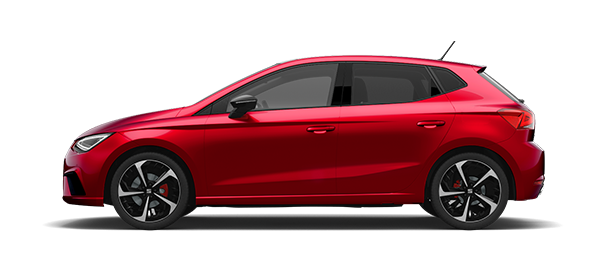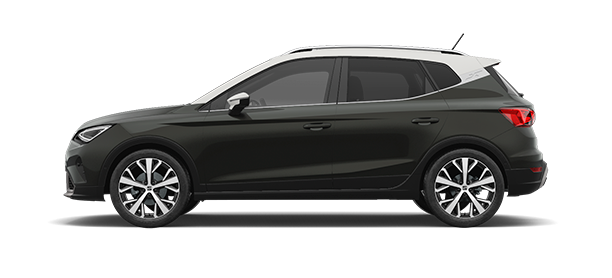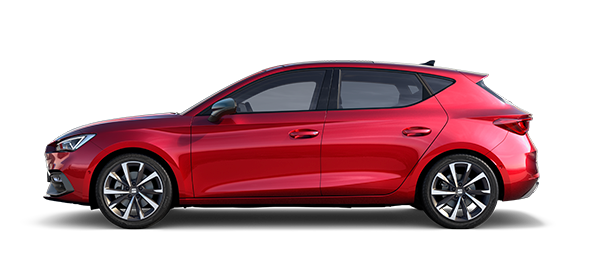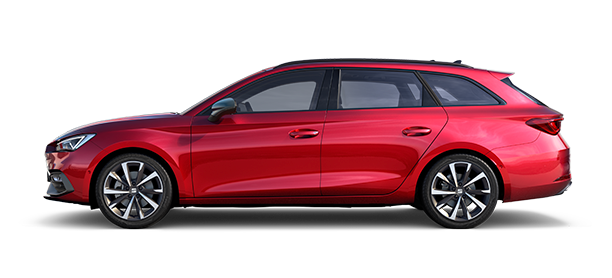At SEAT, we are committed to innovation and sustainable mobility. Our plug-in hybrid vehicles (PHEV) not only stand out for their efficiency and reduced environmental impact but also incorporate advanced technologies like regenerative braking. This system, which converts wasted kinetic energy into useful power, not only boosts the vehicle's efficiency but also transforms your everyday driving experience. So, what exactly is this technology, and how does it enhance your driving experience in a SEAT? We explain it all in simple terms.
What is Regenerative Braking?
Regenerative braking is an innovative system that allows hybrid cars to recover energy usually lost when braking. In a conventional car, the vehicle’s kinetic energy is turned into heat through the brakes and wasted. However, SEAT’s e-HYBRID plug-in hybrids capture that energy, convert it into electricity, and store it in the vehicle’s battery for future use. This regenerative braking system not only improves the vehicle’s efficiency but also significantly reduces brake wear and tear, extending their lifespan and lowering maintenance costs. The ability of hybrid cars to use regenerative braking is key to their enhanced performance.
How Does Regenerative Braking Work?
In SEAT hybrids, when you release the accelerator pedal or press the brake, the electric motor acts as a generator. Instead of using energy to drive the car, the motor takes advantage of the vehicle’s movement to produce electricity, which is then stored in the rechargeable battery. This electricity can be used to power the motor in electric mode, helping reduce fuel consumption and CO2 emissions, particularly during city driving.
Regenerative braking also adds extra resistance when slowing down, enabling smoother and more controlled deceleration. This is particularly useful in urban areas where frequent stops and starts allow for continuous energy recovery. Electric cars and hybrid cars benefit greatly from this system, which optimises energy efficiency. This constant recharging ability makes the technology especially valuable in congested city environments, helping to slow down the vehicle in a more efficient way.
Drivers often ask, "How does regenerative braking work?" The answer is simple: when you lift your foot off the accelerator, the vehicle starts converting kinetic energy into electrical energy. This electrical energy is then fed back into the battery to be reused, effectively extending the car's range.
Benefits of Regenerative Braking
Regenerative braking offers several key advantages for SEAT hybrid drivers:
- Improved energy efficiency: SEAT’s e-HYBRID plug-in hybrids can extend their electric range and reduce the need for frequent recharging or fuel use. Every time you brake, the recovered energy is reused, optimising performance and allowing for longer electric driving experiences. Most electric cars and hybrids benefit from this increased efficiency.
- Reduced maintenance costs: By decreasing reliance on mechanical brakes, brake pad and disc wear is reduced, making maintenance less frequent and more cost-effective. Additionally, this lower wear contributes to a longer lifespan for the braking system. Brake pads last longer due to less frequent use of friction braking systems.
- Smoother and more comfortable driving: Regenerative braking enables gradual deceleration through the electric motor, providing a smoother driving experience. This is especially beneficial in urban settings with frequent stops, improving comfort for both drivers and passengers. When you lift your foot off the accelerator, the regenerative brakes begin working immediately, offering a seamless experience.
- Lower environmental impact: By recovering energy through regenerative braking, not only is fuel saved, but CO2 emissions are also reduced, supporting cleaner mobility and a more sustainable future. This is crucial for drivers looking to reduce their carbon footprint and contribute to a healthier environment. Many hybrid cars and electric cars adopt this technology to align with global efforts toward sustainability.
Efficiency and Experience of Regenerative Braking
Regenerative braking is particularly effective in city driving, where constant stops and starts allow for more energy recovery, keeping the battery charged and enhancing vehicle efficiency. This technology is also highly beneficial on downhill roads or stretches that require constant speed, helping maintain control without relying heavily on conventional brakes. This process, known as engine braking, makes urban driving easier and provides a greater sense of safety and control.
Drivers who have experienced regenerative braking notice an immediate difference in how the car responds when they release the accelerator. This small adjustment in your driving style can feel not only more comfortable but also more energy efficient. Hybrid cars and electric cars alike benefit from this technology, reducing overall fuel consumption and enhancing vehicle efficiency.
Innovation for a Greener Future
At SEAT, regenerative braking is a key component of our e-HYBRID vehicles. This system not only boosts energy efficiency and reduces maintenance costs but also plays a vital role in reducing the environmental impact of our cars. Regenerative braking systems directly respond to the demand for cleaner, more sustainable mobility, catering to modern drivers who value both performance and sustainability. Explore our e-HYBRID models and discover how regenerative braking technology can elevate your driving experience to the next level.
Discover SEAT’s Hybrid Cars
Explore our plug-in hybrid vehicles and discover the benefits.











